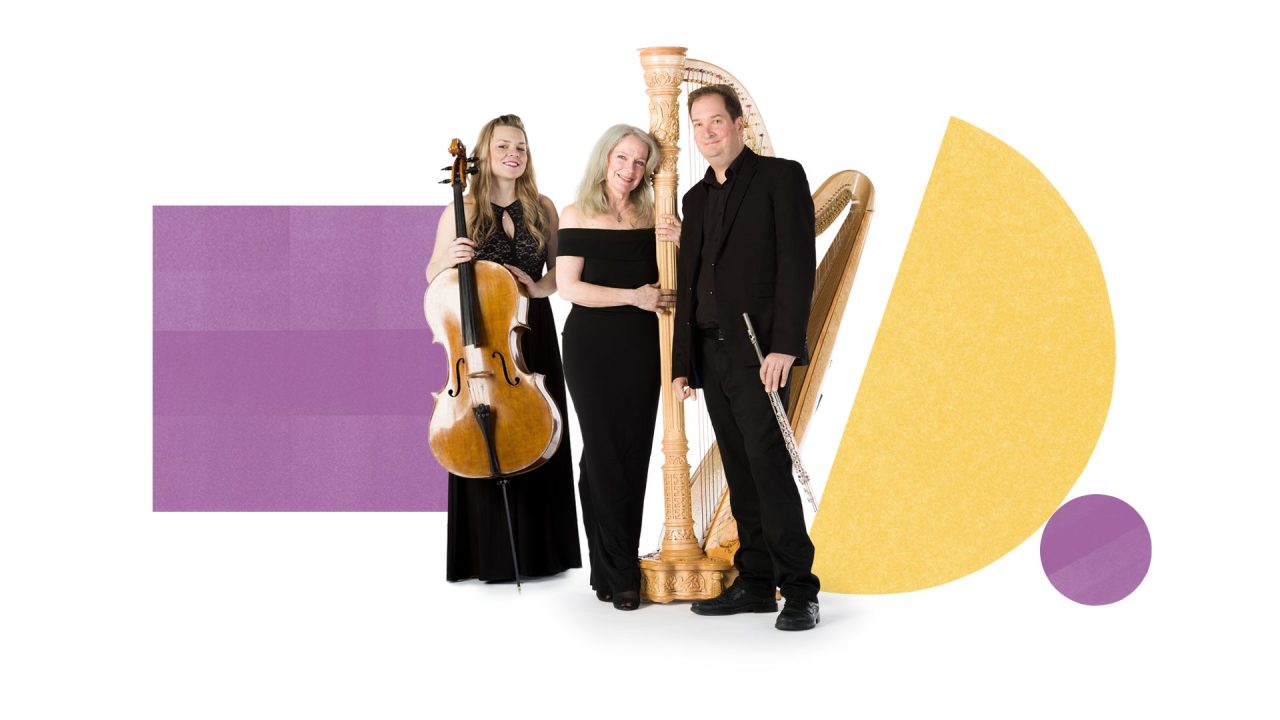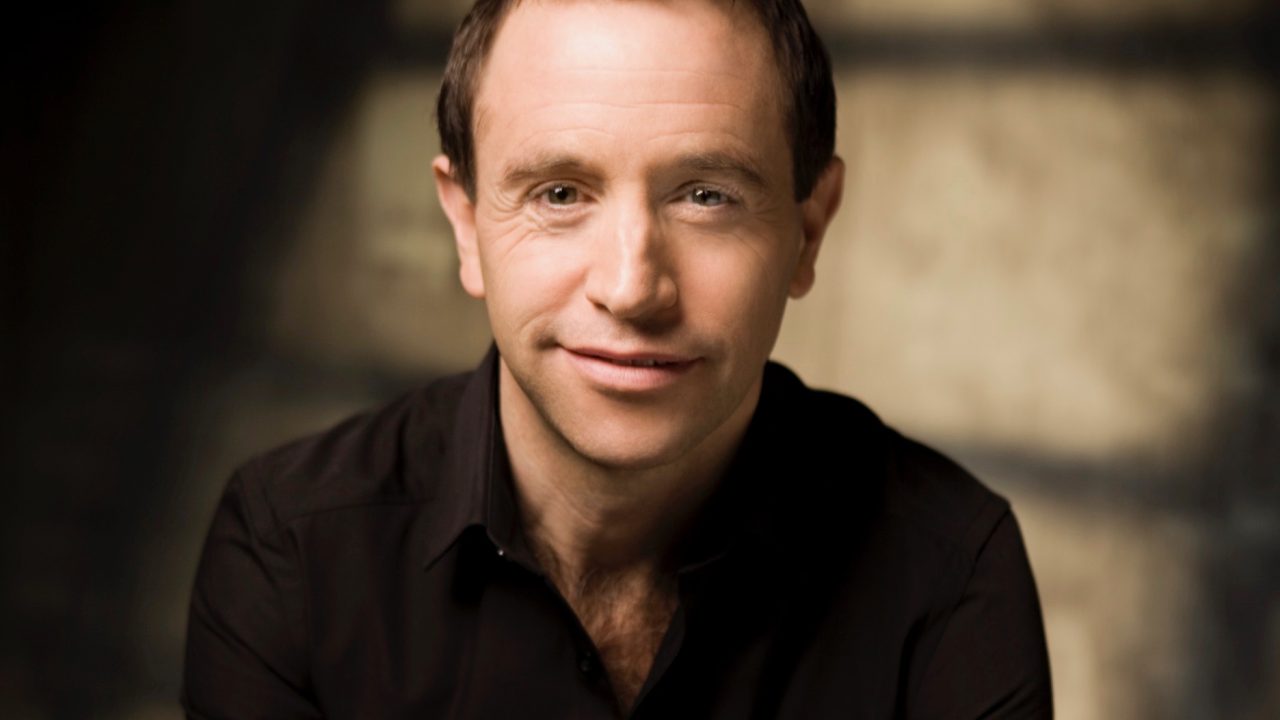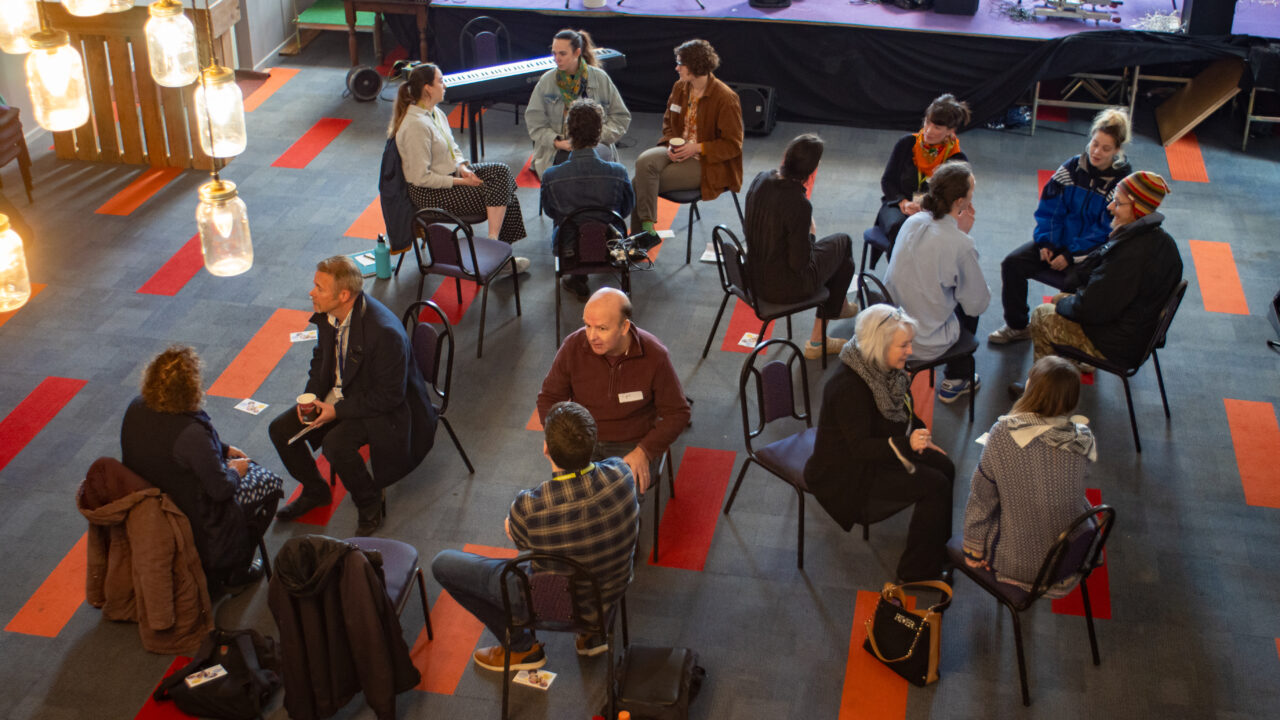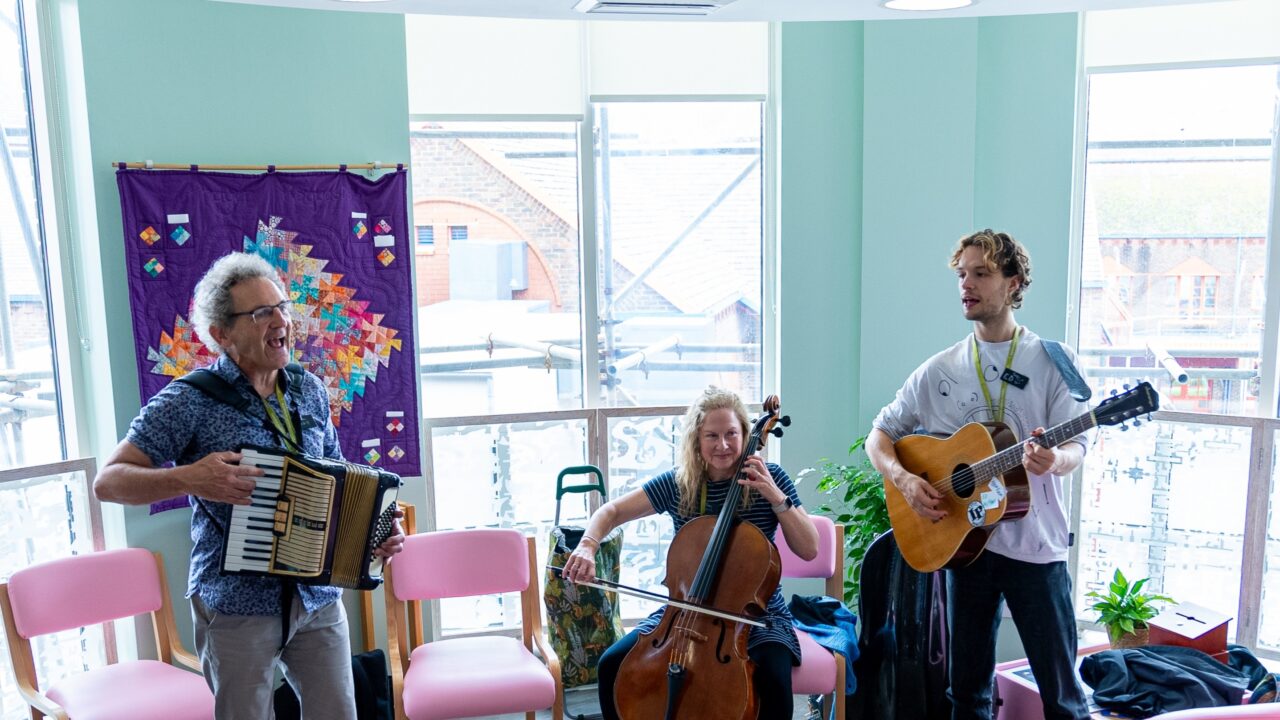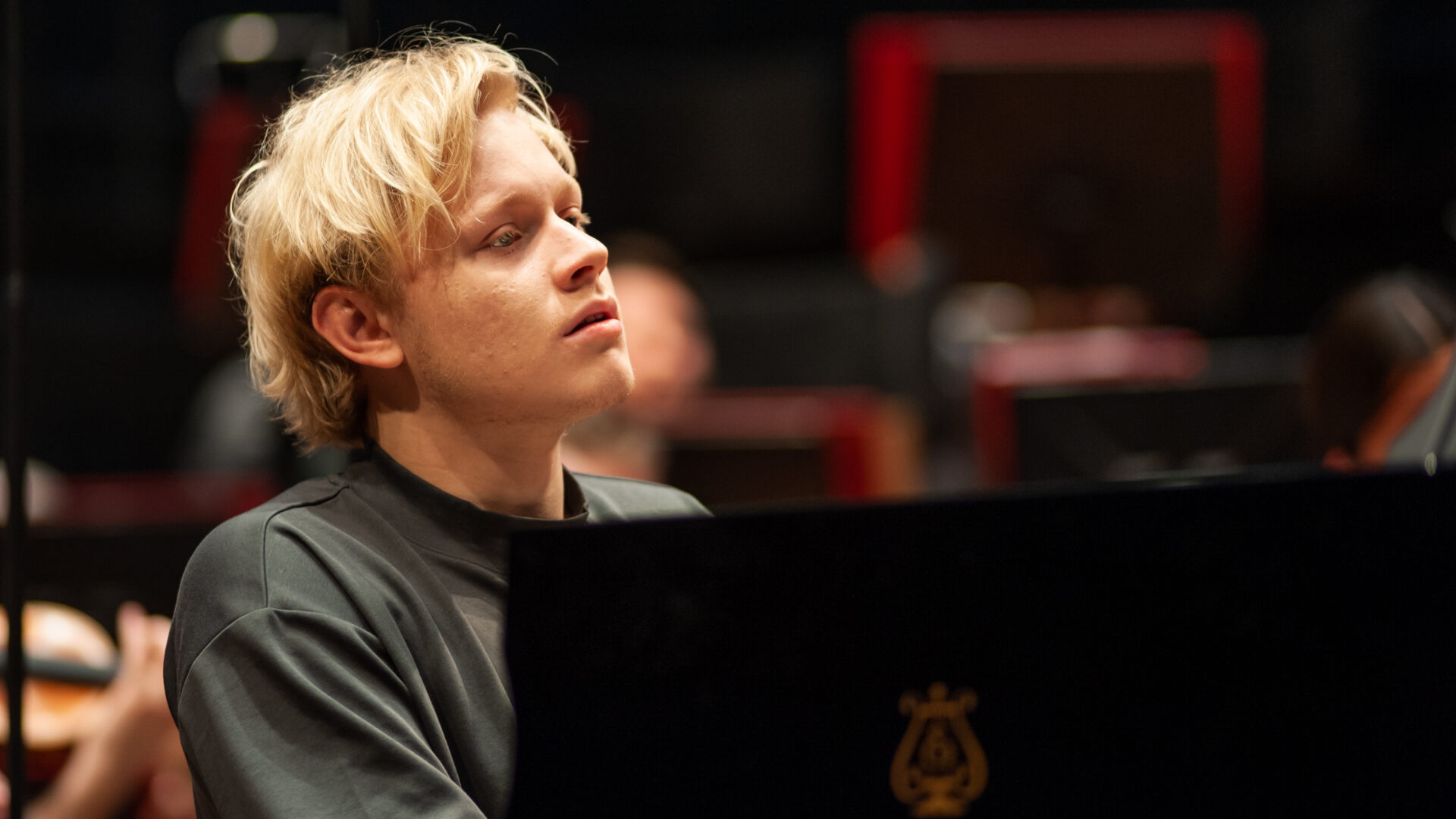A beautifully contrasted trio of Scandi-Soundscapes focusing on Legend, Land and Life-Force.
The setting for Sibelius’ Pohjola’s Daughter sitting at her spinning wheel on the arc of a rainbow prompted an ominously unsettling tone. Her all ice, no fire mix of Mélisande and Turandot gives way to malicious spite as she laughs at the infatuated magician Väinämöinen failing to accomplish the impossible challenges she sets for him to win her heart. The wonderfully striving music for our hero was viciously trounced by her mocking laughter at every trial. Despite the return of the deep freeze opening music, the closing tone was underpinned by a subtle suggestion of newfound wisdom and opportunity. Maybe all was not lost for Väinämöinen…
What to do with big beast romantic concertos? The deal in this performance of “The Grieg” was for pianist Alexander Malofeev to attend to fiery virtuosity and rhetorical rubato, while the orchestra looked after the broader brush of big-boned lyricism and poetry in motion. Such sharply contrasted bursts of balance and temperament between soloist and orchestra offered a spontaneous and unpredictably volatile interaction that more than carried the day, almost as a limbering-up for the battle stations of the Nielsen symphony after the interval. Malofeev went down a storm with the audience, rewarding them with a beautifully contemplative account of Medtner’s rippling Canzona Serenata.
Every bar of Nielsen 4 courses with the fight for life and the will to prosper and survive. Composed during the start of the First World War, the composer shadows the ghost of Beethoven with compelling focus on the ultimate triumph of the human spirit in a world compromised by chaos and conflict. From the eruptive opening bars, the composer’s lava flow of creative energy throughout the continuous four-movement structure was matched by intuitive synergy between conductor and orchestra tapping into the essence of the work with exhilaration and insight. Not just reaching out, but hurling the music at us with inescapable contemporary relevance as a challenge and inspiration that was both terrifying and resoundingly “Inextinguishable”.
Every section of the orchestra was galvanised to give of their best throughout, especially the two combative timpanists, demonstrating yet again what a special relationship Kirill Karabits has forged with these musicians. Rarely can the notoriously difficult control of tempo at the end of work have been delivered with such overwhelming gradation and sensitivity – tension never flagged for a moment. As a result, the final crescendo was sustained with ever-increasing weight and sonority from bass through to treble to cap the journey with resounding conviction. Let’s hope there will be many happy returns going forward.
Ian Julier
This concert is available to catch up for 30 days...click here for more details

